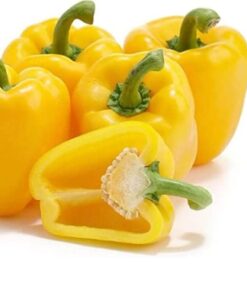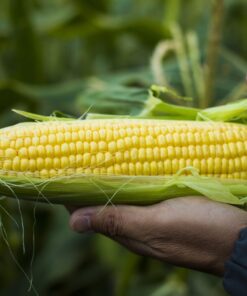-
×
Capsicum Yellow Seeds pack of 20 seeds
2 × ₹40.00 -
×
 Sweet Corn Seeds pack of 50 seeds Open Pollinated
1 × ₹40.00
Sweet Corn Seeds pack of 50 seeds Open Pollinated
1 × ₹40.00
Subtotal: ₹120.00
 Capsicum Yellow Seeds pack of 20 seeds
Capsicum Yellow Seeds pack of 20 seeds
 Sweet Corn Seeds pack of 50 seeds Open Pollinated
Sweet Corn Seeds pack of 50 seeds Open Pollinated
Subtotal: ₹120.00
 Capsicum Yellow Seeds pack of 20 seeds
Capsicum Yellow Seeds pack of 20 seeds
 Sweet Corn Seeds pack of 50 seeds Open Pollinated
Sweet Corn Seeds pack of 50 seeds Open Pollinated
Subtotal: ₹120.00
₹199.00
Out of stock
Gymnocalycium Pink Diamond Description: The plant is considered to be a miniature cactus. It only grows to be 4 cm high and has a 5-6 cm diameter. The not fully opening flowers of this species have a silky appearance and range from pale green to brownish-yellow. It has wider, lower ribs, in juvenile plants divided into separate chins, in maturity every rib have flat surface and a pleat above each areole.
Gymnocalycium Pink Diamond Cultivation and Propagation: Gymnocalycium mihanovichii is a summer grower species that is easy to cultivate.
Growth rate: It is a relatively rapidly growing and easily flowering species.
Soils: It likes very porous standard cactus mix soil. Prefer a low pH compost, avoid substrata rich in limestone; otherwise growth will stop altogether.
Repotting: This plant needs plenty of space for its roots, repotting should be done every other year or when the it has outgrown its pot. Use pot with good drainage.
Watering: Needs moderate to copious waterings in summer, but do not overwater (Rot prone), keep dry in winter at a minimum temperature of 0°C.
Fertilization: Feed with a high potassium fertilizer in summer.
Hardiness: Quite frost resistant if kept dry -5° C (Temperature Zone USDA 9-10), but for safe cultivation it is best to avoid freezing temperatures.
Exposition: The plant tolerates extremely bright situations but enjoys filtered sunlight or afternoon shade, inside it needs bright light, and some direct sun. Tends to bronze in strong light, which encourages flowering and heavy spine production, but is likely to suffer from sun scorch or stunted growth if over exposed to direct sunlight during the hottest part of the day in summer.
Uses: It is an excellent plant for container growing. It always looks good and stays small. It look fine in a cold greenhouse and frame or outdoor in a rockery.
Pests & diseases: It may be attractive to a variety of insects, but plants in good condition should be nearly pest-free, particularly if they are grown in a mineral potting-mix, with good exposure and ventilation. Nonetheless, there are several pests to watch for:
– Red spiders: Red spiders may be effectively rubbed up by watering the plants from above.
– Mealy bugs: Mealy bugs occasionally develop aerial into the new growth among the wool with disfiguring results, but the worst types develop underground on the roots and are invisible except by their effects.
– Scales: Scales are rarely a problem.
You must be logged in to post a review.
cactus and succulent seeds
cactus and succulent seeds
Gymnocalycium mihanovichii seeds Variegated Seeds pack of 15-20 seeds
cactus and succulent seeds
Reviews
There are no reviews yet.